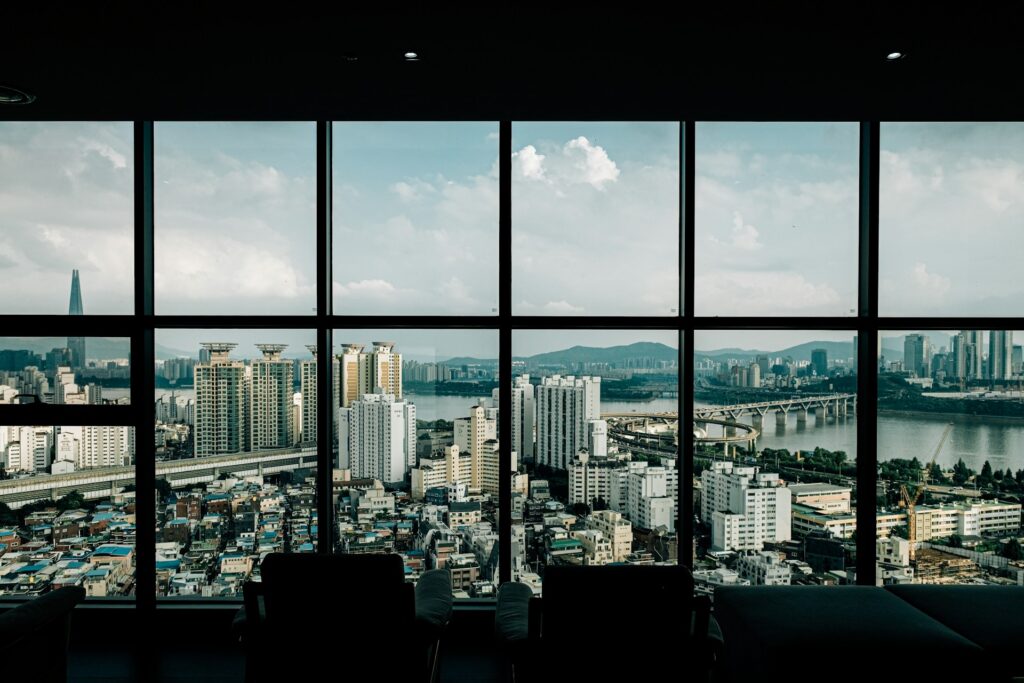Microsoft, SSE Renewables and Avanade have teamed up to create digital twins of offshore windfarms that use real-time data to understand the effect turbines have on local wildlife and ecosystems. Initial plans will see the technology deployed on an offshore wind project in the Dutch North Sea first, to support achievement of the Dutch government’s offshore wind targets, before a global rollout in future.
Global consultancy Avanade will work with SSE Renewables to deploy Microsoft’s technology and monitor changes in the atmosphere, reefs and marine and bird life around windfarms, the data from which will be stored in Microsoft’s Azure cloud platform. It will be used to build a digital replica of sites that can be viewed on mobile devices and headsets to help SSE Renewables understand how a development is affecting an area in real-time, in addition to monitoring the ecosystem through the lifecycle of the windfarm to minimize any negative impact.
Energy companies currently rely on manual ways of collecting data on how windfarms affect the local environment, such as sending divers into the sea to count fish which can result in inaccurate information that quickly becomes out of date. With Azure IoT to automate the process, SSE Renewables hopes companies will be able to understand the full impact of new turbines before they are built to ensure they don’t harm the local environment.
Musidora Jorgensen, chief sustainability officer at Microsoft UK, said: “As the world moves towards a more sustainable future, it’s critical that organizations and businesses measure the impact their environmental initiatives have on local ecosystems. Using IoT devices in combination with the Microsoft Cloud lets you capture huge amounts of data that can guide environmental projects, ensuring they achieve their goals while remaining as eco-friendly as possible.”
Dennis Breugelmans, director of development for international markets at SSE Renewables, said: “We will be using things like radar, lidar, motion sensors, satellites and drones to build an accurate, real-time view of a windfarm area. It will enable us to see what’s working and what isn’t. For example, if we put an artificial reef on the sea floor and fish colonize it, then we can keep it. If the fish stay away, we can take the reef out and try something else. At the moment, windfarm developers are guessing whether these things work. This project will help us know whether they work.”




